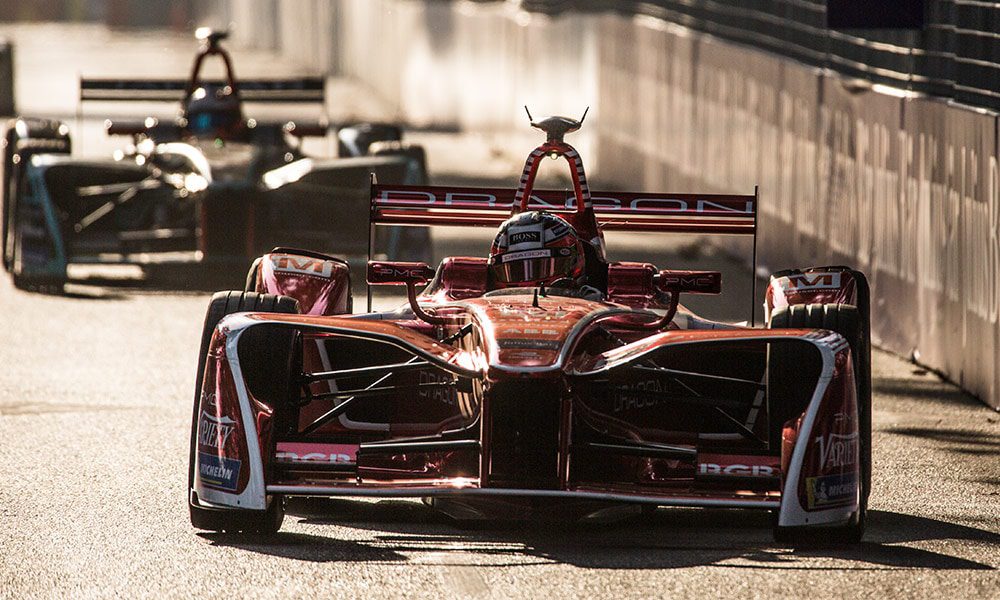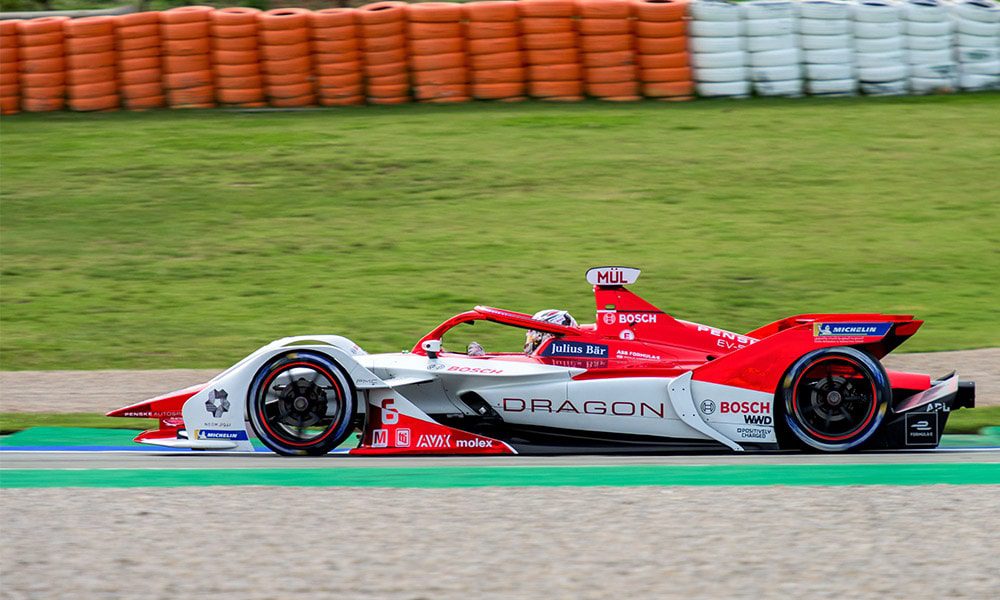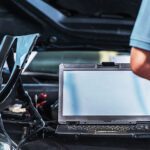Formula-E Racing Takes Another Spin Despite Delay of New Car
The pandemic delayed the release of the Gen3 racing car, but a souped up Gen2 car is ready for the races.

In 2022, electric car technologies will make a dramatic impact as automakers introduce the largest ever field of new EVs. But leading the way are the high performance race cars in the ABB FIA Formula E World Championship electric car racing series. Formula E has been an important and exciting testing ground for EV technologies, which have proven their ability to reach incredible speeds and endure extreme conditions in this annual series of races.
The interconnect industry has been a steady partner in this effort, as companies including Arrow Electronics, KYOCERA AVX, LEMO Connectors, Molex, Mouser Electronics, TE Connectivity, TTI Inc., and Würth Elektronik have contributed their expertise in automotive connectivity, supporting battery, powertrain, and safety systems in successively more powerful generations of electric race cars. Connector companies and distributors sponsor race teams, provide connectivity solutions for the cars, and provide guidance at the development level, including efforts to test and create new EV solutions, such as Arrow Electronics’ advisory work with Formula Student, a program to develop electric technologies in universities around the world.
“We are excited to be a part of such a cutting-edge racing series and to promote all the new technologies that go with it,” said Mike Morton, TTI’s chief executive officer. “It is special to be a part of such an advanced racing series and to be on the forefront of the electric car movement,” said Alex Schenkel, KYOCERA AVX’s senior vice president of global sales.

The DRAGON / PENSKE AUTOSPORT team features products and support from KYOCERA KYOCERA AVX. Molex, Mouser Electronics, and TTI Inc.
The first Formula E race, held in 2014, showcased a racing vehicle with at least 250 horsepower (190 kW), acceleration from 0 to 100 km/h (0 to 62 mph) in three seconds, and a maximum speed of 225 km/h (140 mph). In 2018, the second generation car (Gen2) demonstrated a 54-kWh battery and power output of 250 kW with top speeds of around 280 km/h (174 mph). The third generation Formula E racing car, an updated Gen2 car called Gen2 EVO, was delayed by the COVID-19 pandemic. Likewise, the onset of Season 8, the 2021-2022 racing schedule, has been pushed to January 2022 — but will feature an expanded event calendar, with 16 cities hosting races. Modest updates to the technology will be featured in Season 8, including an increase of power —220 kW, up from 200 kW in Season 7, during races. Power during ATTACK MODE will also increase to 250 kW from 235 kW in Season 7.
The most recent display of EV innovation, however, will be seen in the Gen3 car. This vehicle will finally make its debut in Season 9, currently anticipated to begin at the end of 2022. The new car is expected to dazzle across every system, with higher speeds, a more powerful battery, and a sleek new chassis. Early news suggests we’ll see a new power output of 350 kW and 30-second fast charging for in-race pit stops. Bosch will continue to partner with Formula E to develop light, fast electric racing cars. In 2022, ABB will introduce its Terra 360 electric car charging system, which can deliver a charge for 62 miles, or 100km, in less than three minutes. The new car will also be expected to meet increased sustainability goals, including more sustainable materials, recycling, and second life projects for used components.
Season 8 kicks off on January 28, in Diriyah, Saudi Arabia.
Subscribe to our weekly e-newsletters, follow us on LinkedIn, Twitter, and Facebook, and check out our eBook archives for more applicable, expert-informed connectivity content.
- Where in the World is Amphenol LTW’s Luc Kan? - April 23, 2024
- TE Connectivity’s Sustainability Efforts Pay Off - April 23, 2024
- What is a VGA Connector? - April 23, 2024





